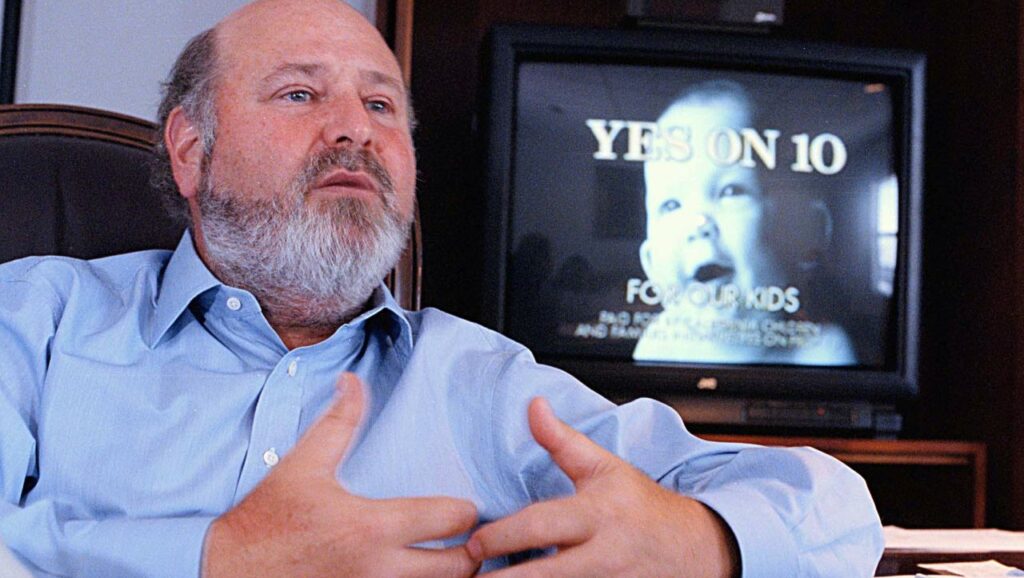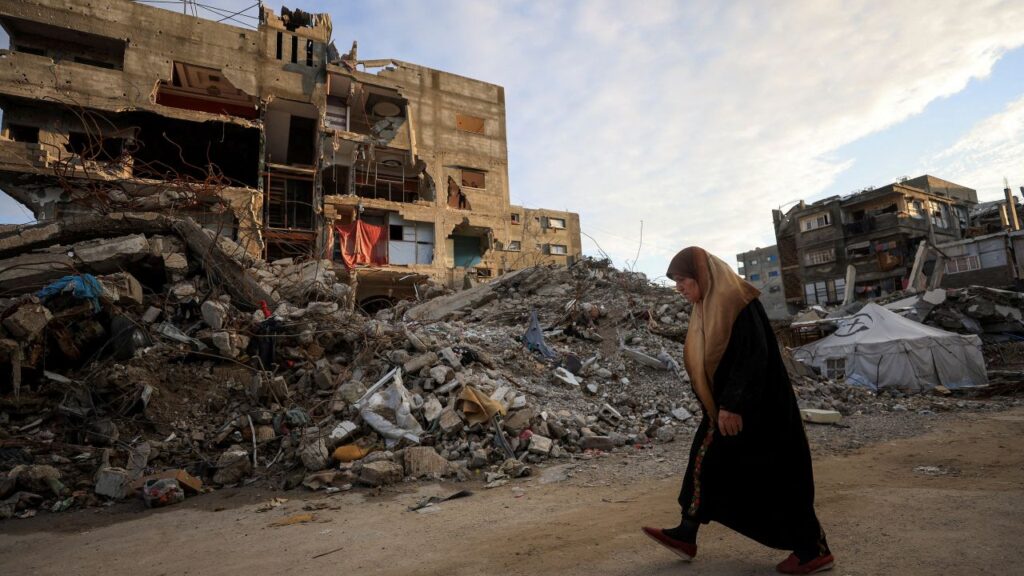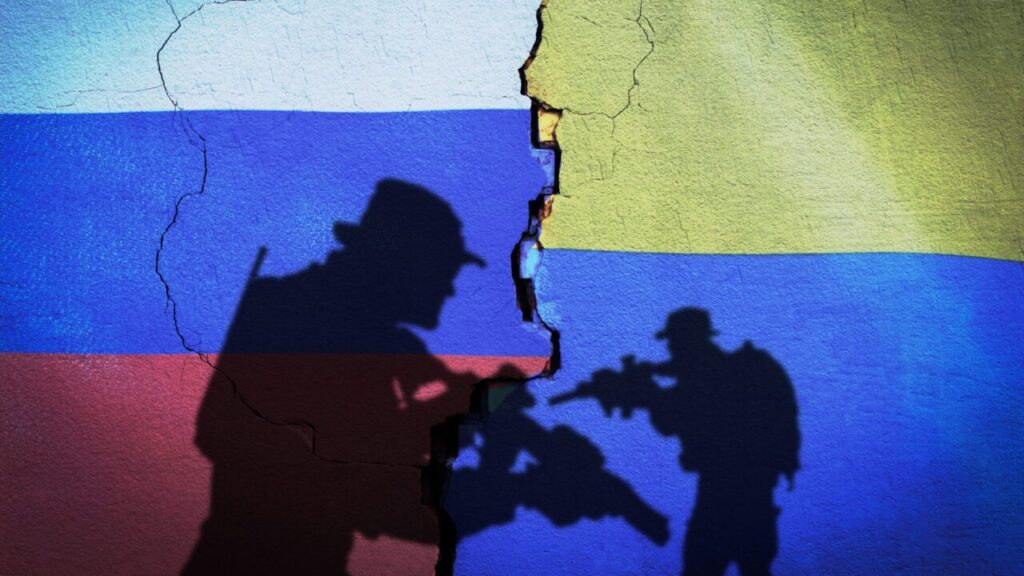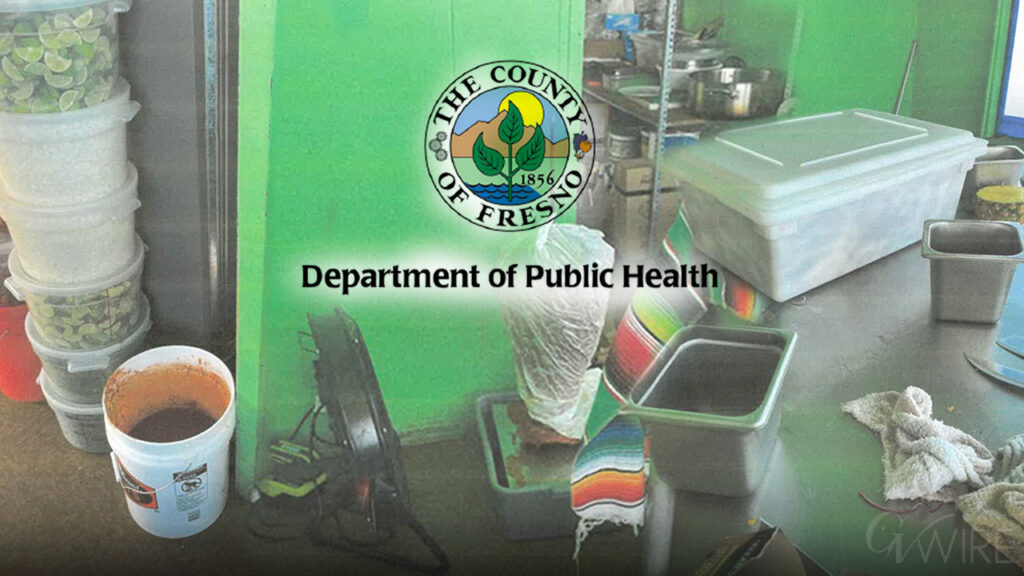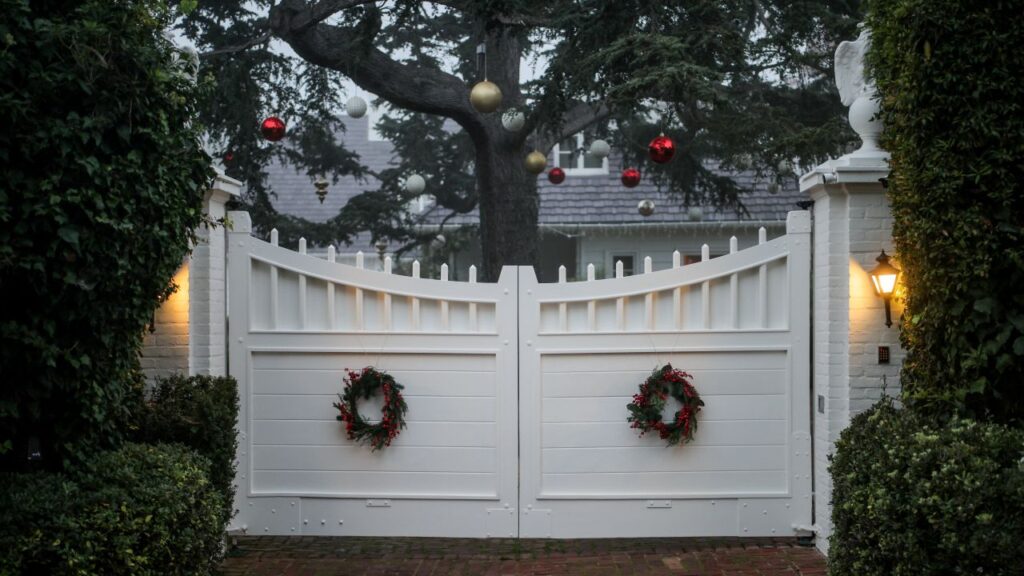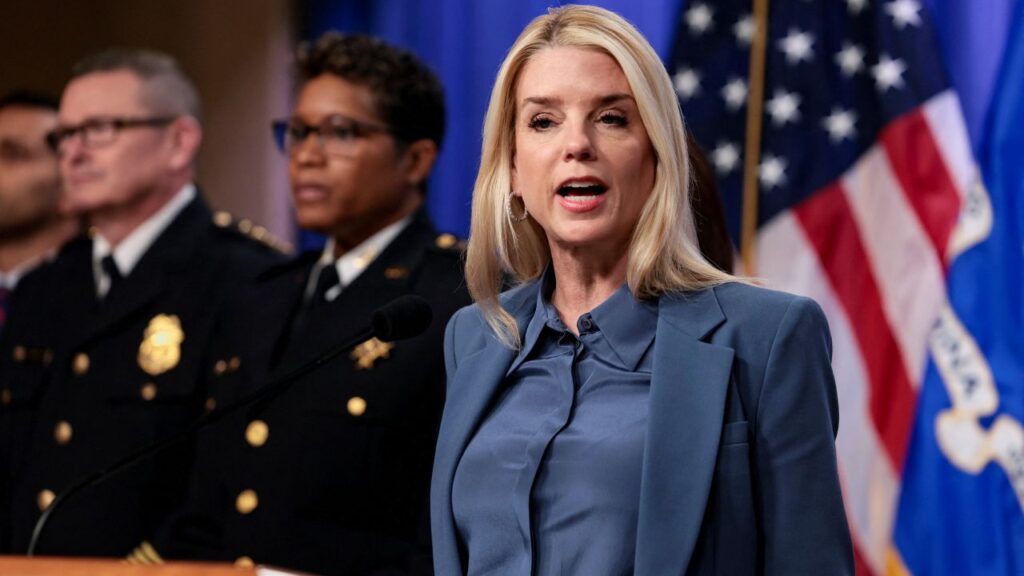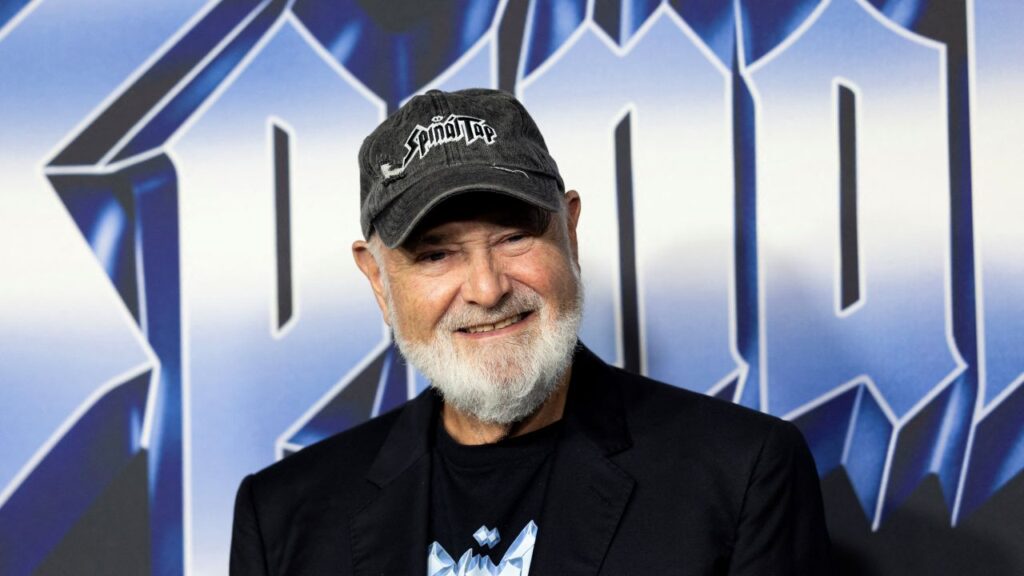Bucking the trend of rising homelessness nationally, the number of U.S. veterans without permanent housing is decreasing thanks in large part to coordinated efforts and services. (GV Wire Composite/Paul Marshall)

- Despite rising homeless rates across the nation, the number of U.S. veterans without permanent housing is falling.
- Many of the available services for veterans are peer-lead, which leaders say helps establish trust.
- Better coordination among veteran groups has helped ensure those in need have access to services.
Share
|
Getting your Trinity Audio player ready...
|
The recent national report on homelessness had few bright spots considering the synchronized efforts and billions of dollars spent to get people off the street.
The exception to rising numbers of homeless people?
Veterans. The report highlighted the considerable progress in getting housing for those who have served our country.
According to the U.S. Department of Housing and Urban Development’s annual assessment report, more people nationwide are without permanent housing.
From 2023 to 2024, homelessness increased by 18.1%. Furthermore, since homelessness first began being tracked, it has increased by 19.2%.
However, California’s homelessness growth has slowed, climbing slightly from 181,399 people in 2023 to 187,084 in 2024. And, Fresno’s numbers bucked the trend, dropping from 4,493 to 4,305.
Related Story: US Homelessness up 18% as Affordable Housing Remains Out of Reach for Many ...
Veteran Homelessness Down 55% Since 2009
As general homelessness rose, veteran homelessness dipped by nearly 8%. That follows a continuing trend with veteran homelessness decreasing 55% since the first data was collected in 2009.
The HUD head counts don’t account for deaths. But while Vietnam veterans — the generation most affected by homelessness — are aging, the effect of targeted and sustained funding has helped reduce homelessness, HUD reports.
Beyond housing, former servicemembers can find places to get haircuts, showers, help with finances, and many other resources to create stability. Many of these resources exist for the general homeless population as well, but for veterans, those also come with an intangible resource — a peer support network.
John Schuler, vice president of Central Valley Veterans, says many of those services began with Vietnam vets. After being largely scorned upon returning from the war, Vietnam veterans turned to one another to make sure they had what they needed. Together, they built a network of services bigger than what it had ever been.
And, as drug addicts and alcoholics find support from one another, so do veterans.
“The thing I find most rewarding is having a Vietnam veteran talk to a veteran that just got out three months ago and say, ‘This is how I messed up my life, don’t do this,’ ” Schuler said.

Stand Up Program Pairs Vets With Wraparound Services
Central Valley Veterans has five programs supporting former servicemembers, said board member Christofer Thrailkill. They connect people with immediate needs such as gas, food, or rent. Most of the group’s funding comes from private donations.
“Those requests can go from $50 to put gas in the tank to $1,000 assistance with a rent deposit for an apartment,” Thrailkill said.
The Veterans Administration will oftentimes direct people with needs to the group, he said. He and Schuler have their phones on 24 hours a day, waiting for calls. Most of the rental requests come from Vietnam-era vets, Thrailkill said.
They also run a shelter for veterans called the Bill Gonzalez Hospitality House. But they really pride themselves on their annual Stand Down event, which brings service providers to one spot for veterans. They also hold the Stand Up event for women.
Services range from haircuts to medical, dental, and eye exams. The Department of Motor Vehicles assists with obtaining IDs. And, a Fresno County Superior Court judge will handle some misdemeanor hearings, Thrailkill said. For those unable to get immediate housing, pup tents and sleeping bags are offered.
What got Thrailkill started with the program was his encounter with a homeless veteran at a Stand Down who carried everything he owned. They got him a PO Box and ID card; a dentist gave him a checkup and an optometrist gave him a prescription for glasses. AMVETS provided free clothes.
“In the meantime, he could go out to the back lawn, where there was a band playing and we were serving lunch,” Thrailkill said.

Getting to Zero Would Be a Huge Feat
Where the Fresno Madera Continuum of Care counted 619 homeless veterans in 2011 and 606 in 2012, the number since has hovered around the mid-to-low 200 mark. Fresno and Madera counties had 212 homeless veterans in 2024 and 235 in 2023. California has also experienced steady declines, going from 6,689 vets in 2011 to 2,900 in 2024.
Dan Payne, an advisory board member with the VA, says some veterans don’t want to live by the rules.
“Veterans don’t want to get up at 8 a.m., they don’t want to have breakfast at a certain time, they don’t want to have lights out at a certain time, they don’t want rules,” Payne said. “Which is kind of bizarre because they’re veterans and they lived under rules.”
Across Fresno, Madera, and Tulare counties, the VA has about 400 homeless vets a month looking for services, Payne said. Of those, an estimated 85 are “out and out homeless.”
Thrailkill had his own experience of helping a master sergeant recently. The 1106th Army National Guard contacted Thrailkill about a veteran from their unit they couldn’t help. Thrailkill and his wife drove out to pick him up and get him to a motel the nonprofit partners with.
But he didn’t want many of the options they offered him.
“The VA was actually giving him different options for housing and he was refusing them,” Thrailkill said.
Related Story: New Homelessness Data: How Does California Compare to the Rest of the Country?

Modern Veteran’s Story May Change, but Mission Doesn’t
Fifteen years ago, the Central Valley Veterans’ Stand Down drew 1,200 people, Schuler said. Last year, the number was closer to 450. For Schuler, that’s a success.
“Every year, the numbers go down,” he said. “And that shows me that the programs are working.”
Many of the attendees come to congregate with others. Schuler said there’s a lot of power from veterans meeting with veterans.
Payne, Schuler, and Thrailkill said many of the services available today began with vocal Vietnam vets. The experience of being shunned forced former servicemembers to turn to one another.
“Back in the day, veterans didn’t trust the VA, they didn’t want anything to do with the VA,” Schuler said.
The first Stand Down in 1988 was created by two Vietnam vets. Payne, a Vietnam-era veteran, started the first veteran political action committee, he said. He also started a veteran’s fundraiser for canines. Many World War II and Korean War vets didn’t talk about their experiences.
Veteran struggles are changing from previous generations. Schuler has seen Army reservists or National Guard members with lucrative jobs getting called into active service. That call to duty often comes with a pay cut. A $ 5,000-a-month salary may become $2,500.
“The wife is sitting at home trying to pay all the same bills on half the pay,” he said. “The first that goes is the car and the apartment. Next thing you know, they’re on the street.”







